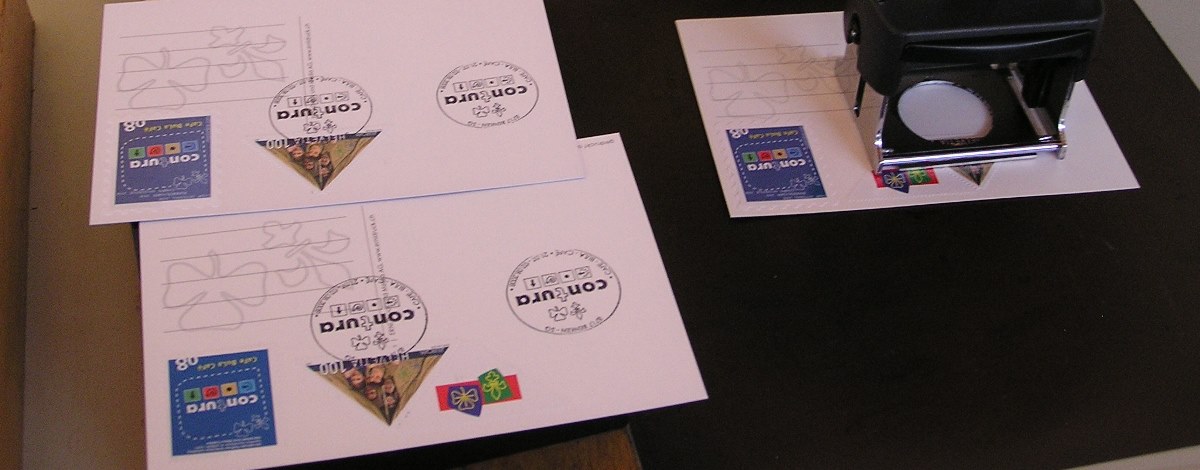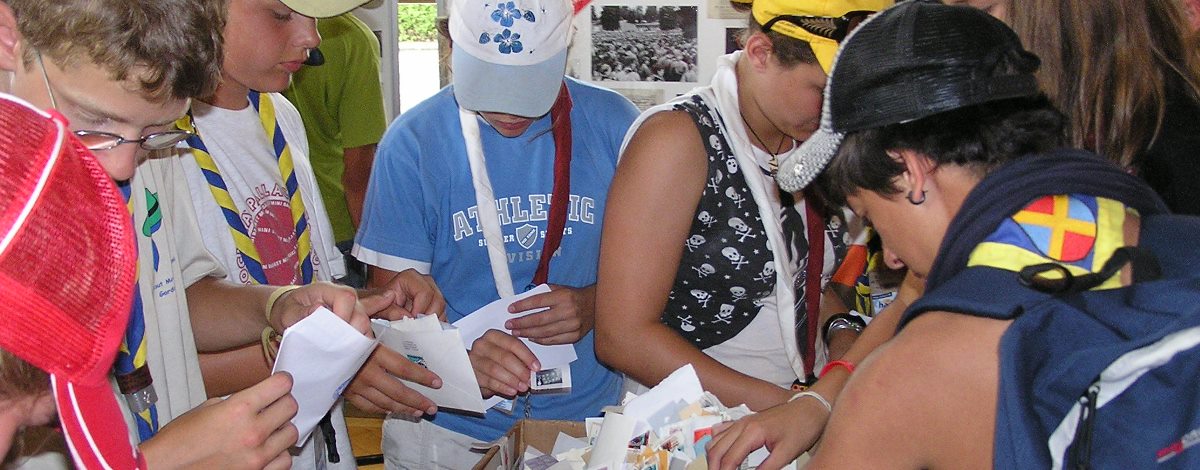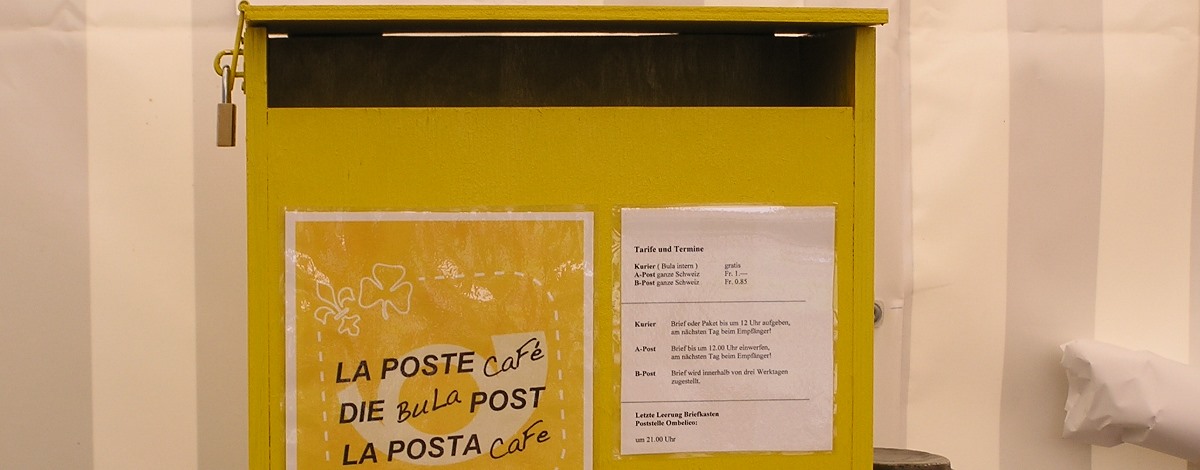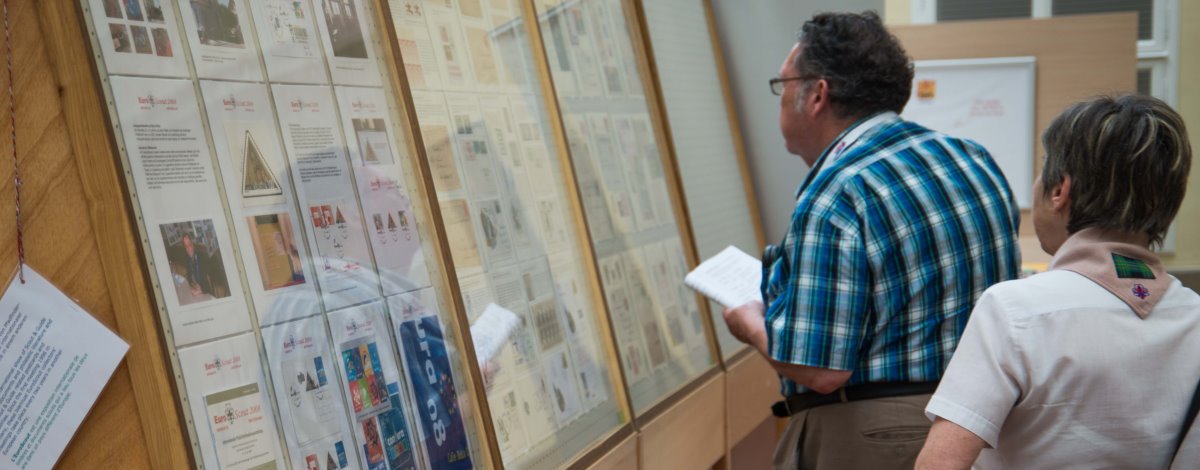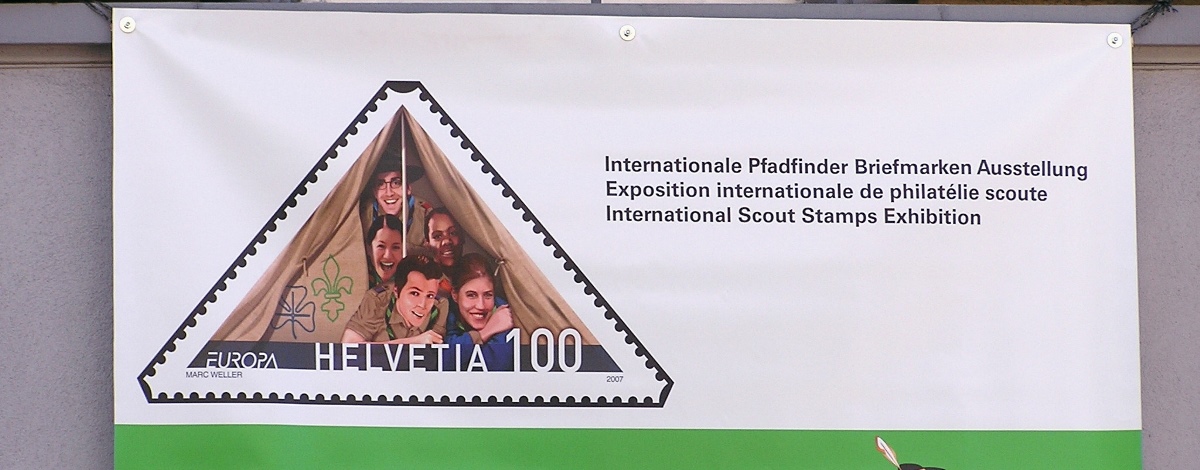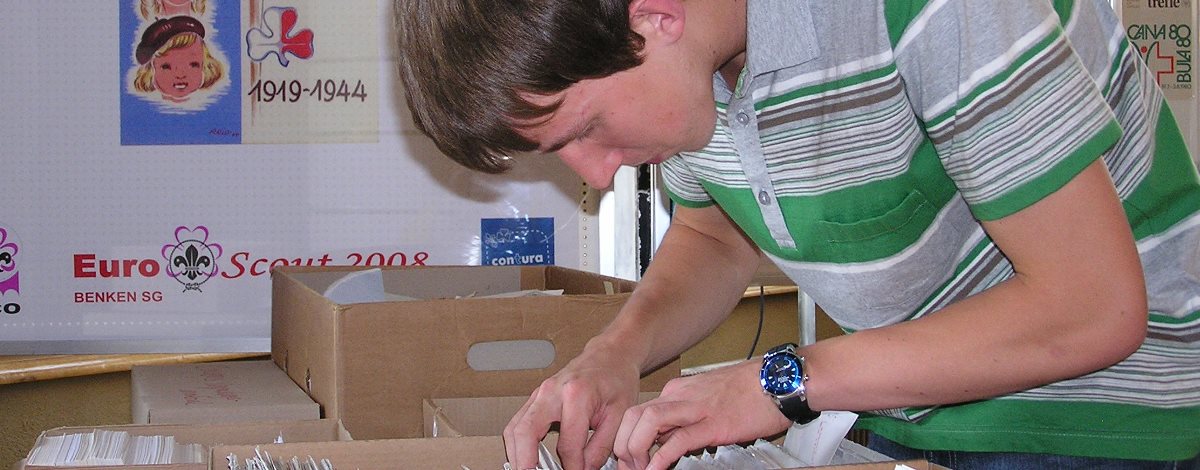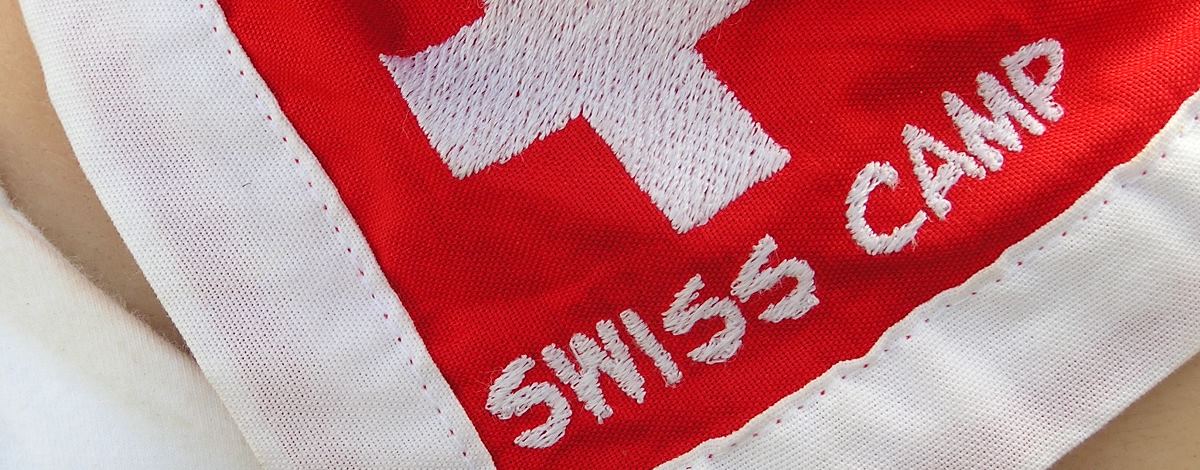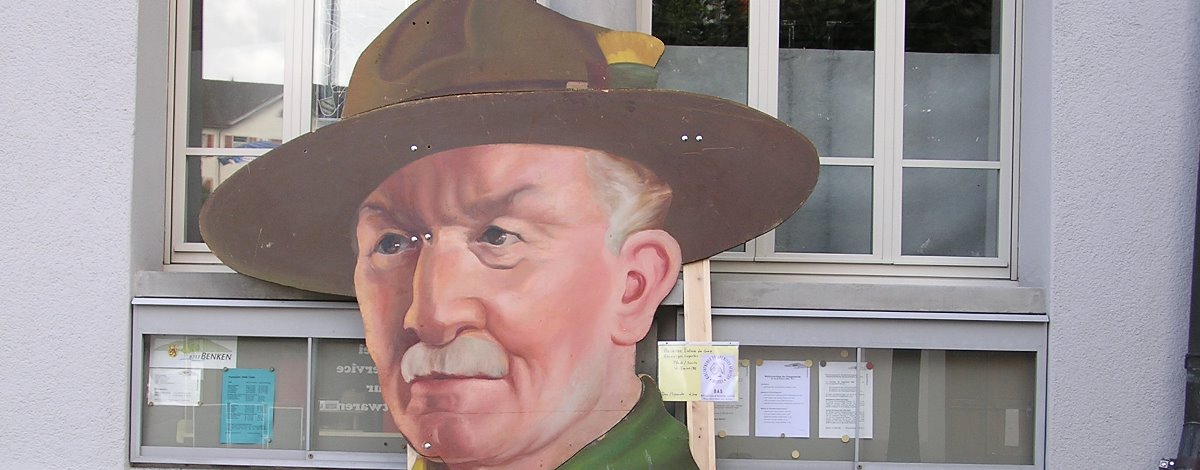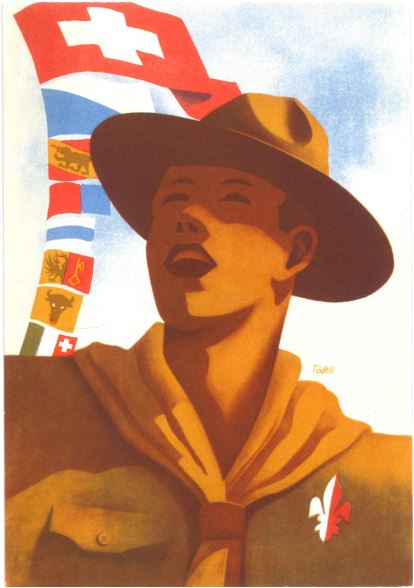BuLa Story - 3rd Swiss Scout National Camp, Zurich, 1938
The first storm clouds of the Second World War were already in the sky when the scouts met in Zurich for their third national camp. The first Swiss Scout Exhibition, impressive federal celebration, a parade through Zurich's Bahnhofstrasse, sporting competitions, etc. were all intended to show that the Swiss people could rely on their scouts. This desire also emerges from a text that the then chairman of the camp leadership, Arthur Thalmann, Winterthur (Chief Scout Switzerland 1947–1957) wrote for a commemorative publication:
"We hope that our authorities also felt something of our desire: to uphold the traditions of our country and to prepare ourselves for the task of becoming bearers of the Swiss national idea. For these tasks, no sacrifice must be too great and no work too small. Those who today have to steer the little ship of our homeland in difficult times must not be in doubt for a moment that they can build on a young generation that is absolutely and wholeheartedly prepared to preserve the heritage of free Helvetia."
As representatives of the authorities thus addressed, Federal Councillors Ph. Etter and R. Minger visited the Zurich federal camp. The camp site was located on the Adlisberg and was attended by about 7000 participants. This also explains the budget, which reached 200 000 Swiss francs. The camps were still organised by cantonal associations and the meals were based on a standard menu. There was a Bernese day (with potato rösti), a Ticino day (with spaghetti al sugo) or a Geneva day (with longeole genevoise). The camp booklet regulated the entrance fees for the public (admission from 11 a.m. to 8 p.m., admission fr. 1.10) and the bringing of dogs (forbidden for camp participants).
The company AG der Eisen- und Stahlwerke formerly Georg Fischer in Schaffhausen set up an observation tower, and a hairdresser was available in the golf room of the Grand Hotel Dolder. Only handcarts were allowed in the camp and on the camp streets, and camp participants were advised not to "buy unqualified food products at fancy prices from flying traders".
The organisers had made provisions for the activities: on the one hand, sporting competitions with relay races, swimming, handball, all-around and individual competitions - on the other hand, sightseeing and excursions to Einsiedeln (monastery), Kemptthal (Maggi) or Dübendorf (airfield).
A special organisational task was the Official Day, 1st August 1938, when the guests of honour – federal councillors, officers and magistrates, bishops, priests and schoolmen – visited the camp in the morning. While the distinguished gentlemen feasted at the banquet, the 7200 camp participants were moved to the city centre. The souvenir album records: "Under a piercing sun, the rows of six prepared to march past. Then they tap the blasé asphalt of Bahnhofstrasse so that the banks stare in amazement. The people of Zurich were right to cheer. Here they see their future with the whole of Switzerland." Today, such words and the attitude behind them are no longer so easy for us to understand – but every era has the appropriate answers for its concerns. And so it was not surprising that the Letzigrund stadium was filled to capacity for the evening federal celebration.
The speech by Federal Councillor Etter was unforgettable, as were the flags that left the arena in the pale spotlight.

